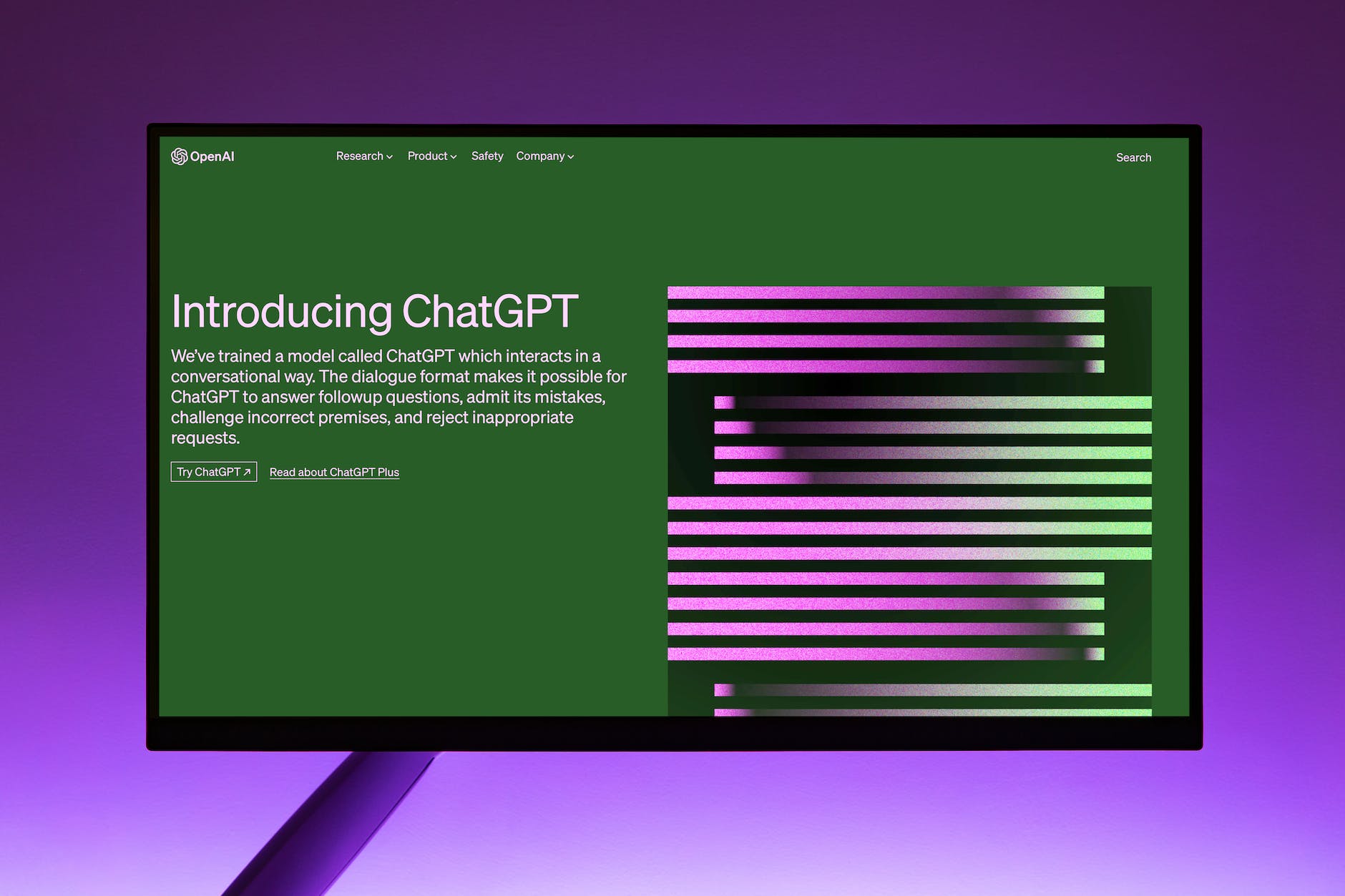
In a world increasingly reliant on AI tools, a recent study by the University of Copenhagen reveals a significant cultural bias in the language model ChatGPT. The AI chatbot, which has permeated various sectors globally, from article writing to legal rulings, has been found to predominantly reflect American norms and values, even when queried about other cultures.
The researchers, Daniel Hershcovich and Laura Cabello, tested ChatGPT by asking it questions about cultural values in five different countries, in five different languages. The questions were derived from previous social and values surveys, allowing the researchers to compare the AI’s responses with those of actual people. The study found that ChatGPT’s responses were heavily aligned with American culture and values, often misrepresenting the prevailing values of other countries.
For instance, when asked about the importance of interesting work for an average Chinese individual, ChatGPT’s response in English indicated it as “very important” or “of utmost importance”, reflecting American individualistic values rather than the actual Chinese norms. However, when the same question was asked in Chinese, the response was more in line with Chinese values, suggesting that the language used to query the AI significantly influences the response.
This cultural bias in AI tools like ChatGPT has serious implications. As these tools are used globally, the expectation is for a uniform user experience. However, the current situation promotes American values, potentially distorting messages and decisions made based on the AI’s responses. This could lead to decisions that not only misalign with users’ values but may even oppose them.
The researchers attribute this bias to the fact that ChatGPT is primarily trained on data scraped from the internet, where English is the dominant language. They suggest improving the data used to train AI models, incorporating more balanced data without a strong cultural bias.
In the context of education, this study underscores the importance of students and educators identifying biases in generative AI tools. Recognizing these biases is crucial as it can significantly impact their work when using AI tools. For instance, if students use AI tools to research or generate content, cultural bias could skew their understanding or representation of certain topics. Similarly, educators must be aware of these biases to guide students appropriately and ensure a comprehensive and unbiased learning experience.
Moreover, the study serves as a reminder that AI tools are not infallible and should not be used uncritically. It encourages the development of local language models that can provide a more culturally diverse AI landscape. This could lead to more accurate and culturally sensitive responses, enhancing the effectiveness and reliability of AI tools in various fields, including education.
In conclusion, while AI tools like ChatGPT offer numerous benefits, it’s crucial to be aware of their limitations and biases. As we continue to integrate AI into our work and learning environments, we must strive for tools that respect and reflect the diversity of our global community.
The Eclectic Educator is a free resource for all who are passionate about education and creativity. If you enjoy the content and want to support the newsletter, consider becoming a paid subscriber. Your support helps keep the insights and inspiration coming!

